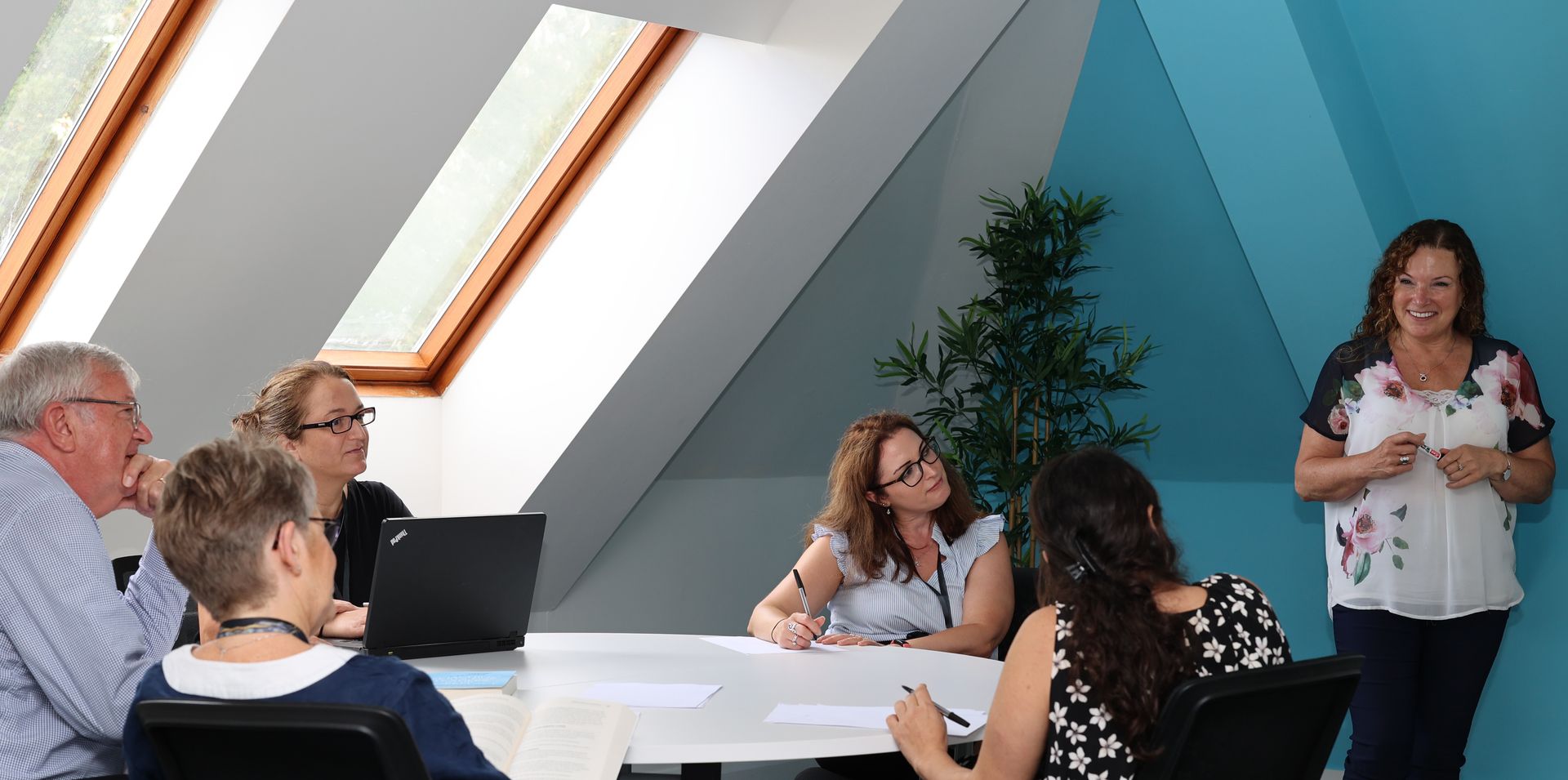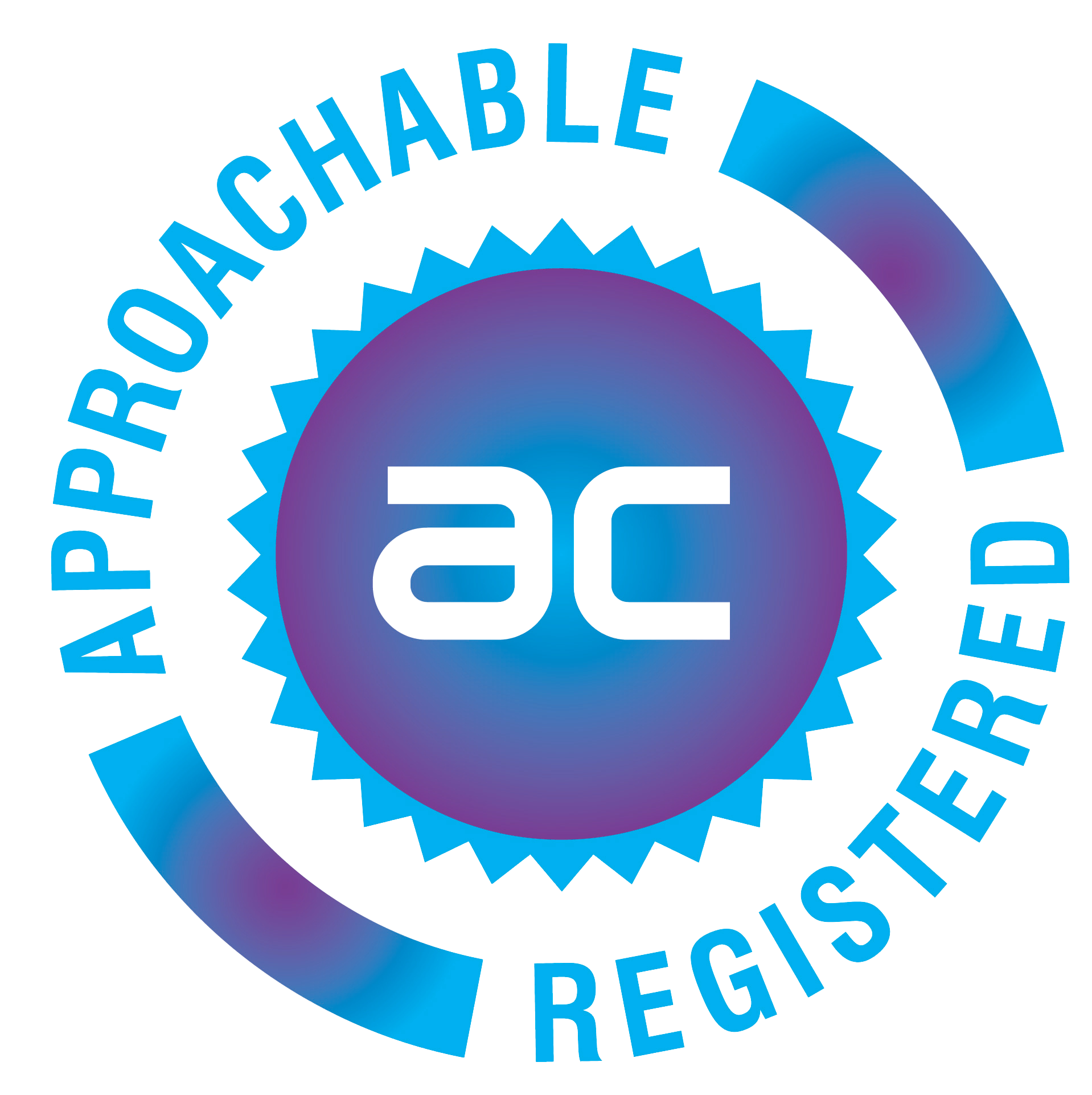leading through change: an integrative leadership practice perspective
In today’s fast-moving world, change isn’t a one-off event—it’s a constant. Leaders are no longer just managing transitions; they are living them. Whether it’s navigating organisational restructuring, cultural shifts, or personal transformation, the ability to lead through change has become a defining skill.
Effective leadership in times of change isn’t about control. It’s about practice.
This is a subtitle for your new post

leadership as a living practice
Leadership isn’t just a title or a toolkit—it’s a dynamic, relational process. When we view leadership as practice, we move beyond static competencies and into a space of ongoing learning, reflection, and presence.
To lead through change, we must engage not only with strategy but with the cognitive, emotional, and embodied dimensions of leadership.
Let’s explore five core practices that support this integrative approach:
1. cultivating presence and reflexivity
Presence is the ability to be fully engaged and attuned in the moment. Reflexivity is the capacity to examine our own assumptions, reactions, and emotional patterns.
Together, they form the foundation of conscious leadership.
Practice Tip: Begin meetings with a moment of grounding. Ask yourself, “What am I bringing into this space?” This simple pause can shift your leadership from reactive to responsive.
2. facilitating psychological safety
Change often triggers uncertainty—and with it, fear. Leaders who create environments of psychological safety allow their teams to speak openly, take risks, and process emotions without judgment.
Practice Tip: Normalise emotional check-ins. A question like “What’s one word that describes how you’re arriving today?” can open the door to deeper connection and trust.
3. anchoring in values and purpose
In turbulent times, values act as a compass. When leaders articulate and embody their core values, they offer stability and coherence—even when the path ahead is unclear.
Practice Tip: Revisit your values regularly. Ask, “What does integrity look like in this moment?” Let your values guide not just decisions, but tone, timing, and presence.
4. designing transitional rituals
Rituals help us mark transitions, offering psychological closure and renewal. In organisations, they can support identity shifts, cultural continuity, and collective meaning-making.
Practice Tip: Create rituals for endings and beginnings. Whether it’s a reflective team session or a symbolic gesture, rituals help people process change and move forward with intention.
5. embodied leadership
Leadership isn’t just a mental exercise—it’s a full-body experience. Somatic awareness enhances emotional regulation, relational mindfulness practice, and authenticity.
Practice Tip: Tune into your body. Notice tension, breath, posture. Your body holds wisdom that can guide your leadership in subtle but powerful ways.
conclusion: leadership as a human Practice
Leading through change isn’t a technical challenge—it’s a human one. It calls us to be present, to listen deeply, and to lead with both strength and softness.
When leadership becomes a living practice, change becomes not just something to survive—but something to transform through.



